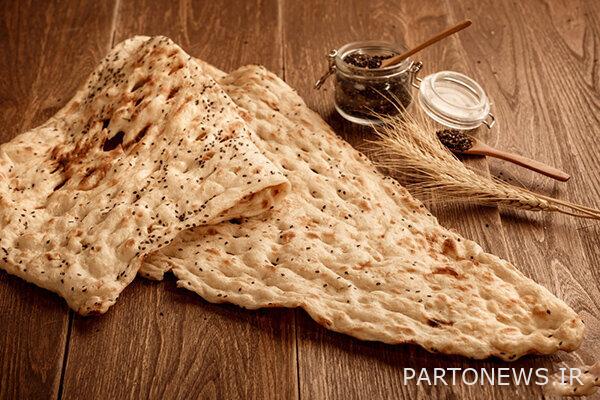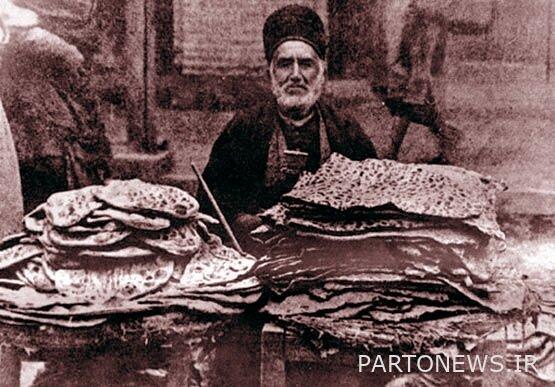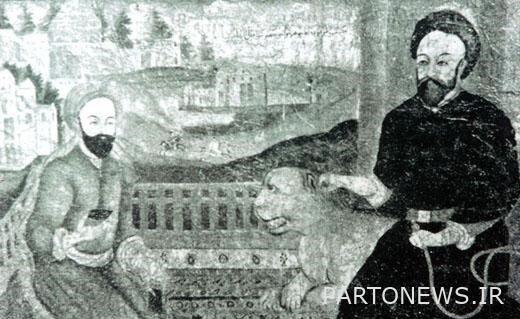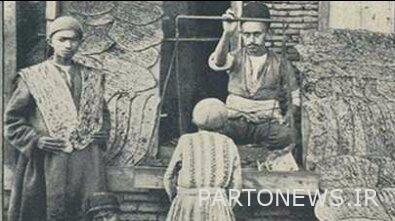When was Sangak bread opened on the Iranian table?

Bread is one of the oldest foods prepared by mankind, and its history goes back to the end of the Stone Age. At that time, for the first time, humans mixed cereal grains with water and prepared bread by cooking the obtained dough.
Sangak bread is undoubtedly the most popular bread that is baked in the oven on hot sand. This bread is made from wholemeal flour (flour without bran). This feature has made Sangak bread superior to other breads in terms of nutritional quality. The good taste of Sangak bread and its countless benefits have attracted many fans. Due to having a lot of fiber in the mixture of this bread, it is very easy to digest and has a very high nutritional value.
There is no accurate and clear information about how, where, and the exact date of the origin of Sangak bread in Iran. The oldest writing and research in which nan sangak is mentioned is a vocabulary book called “The Decisive Proof” written by an author named Khalaf Tabrizi in 1062 AH. It refers to the bread that is baked on hot pebbles.

The annual calendar published by “Tehran Bakers Committee” on May 19, 1326 in Tehran, tells the history and how the bakery and Sengak bread appeared in Iran from the era of Shah Abbas Safavid. For the well-being of the poor classes and his soldiers, who often needed temporary and urgent bread and stew while traveling, Shah Abbas sought a solution to build bakeries in every city that could prepare enough bread for the soldiers.
Shah Abbas asked “Sheikh Baha’i” to solve this problem, who was one of the scholars and scientists of that time in Iran. Sheikh Bahá’í invented a stone oven with thought and meditation. The Sengak oven was designed and made by Sheikh Bahai with such precision and insight that since then, it is still cooked in its original form, and the bread that comes out of this oven, in addition to being the most popular Iranian bread, is also among the most popular breads in the world. Are.

It is also said that the history of Sangak bread is known before the arrival of Islam in Iran and during the time of the Sassanid kings. According to one of the viewpoints, baking Sengak bread was popular before the arrival of Islam in Iran, and its origin is linked to the illness of one of the Sassanid kings. The doctor prescribes bread to be baked on the sand to cure the king. In the execution of this work, it is ordered to pour some sand and pebbles on the net and light a huge fire under it so that the sand gets completely hot. Then the bread dough is spread by hand on flats and placed on hot stones to be cooked.
Since in this method the bottom part of the bread is cooked and the top part is not cooked, another net was placed on the dough and fire was poured on it so that both sides of the bread are cooked. This method of baking bread slowly developed and evolved until it became today. It is also mentioned in historical books that when the Arab soldiers came to the city of Mada’in and saw Sangak bread on the bakery table, they were not familiar with such bread; This issue is a proof of the age of baking Sangak bread in Iran.

In the past, Sangak bread was one of the most nutritious breads due to the use of low bran flour, but unfortunately, some bakers have been using Lavash or Berberi flour for some time now instead of Sangak flour. This issue has made this bread not have its quality, taste and taste as before, so that it loses its fans.


